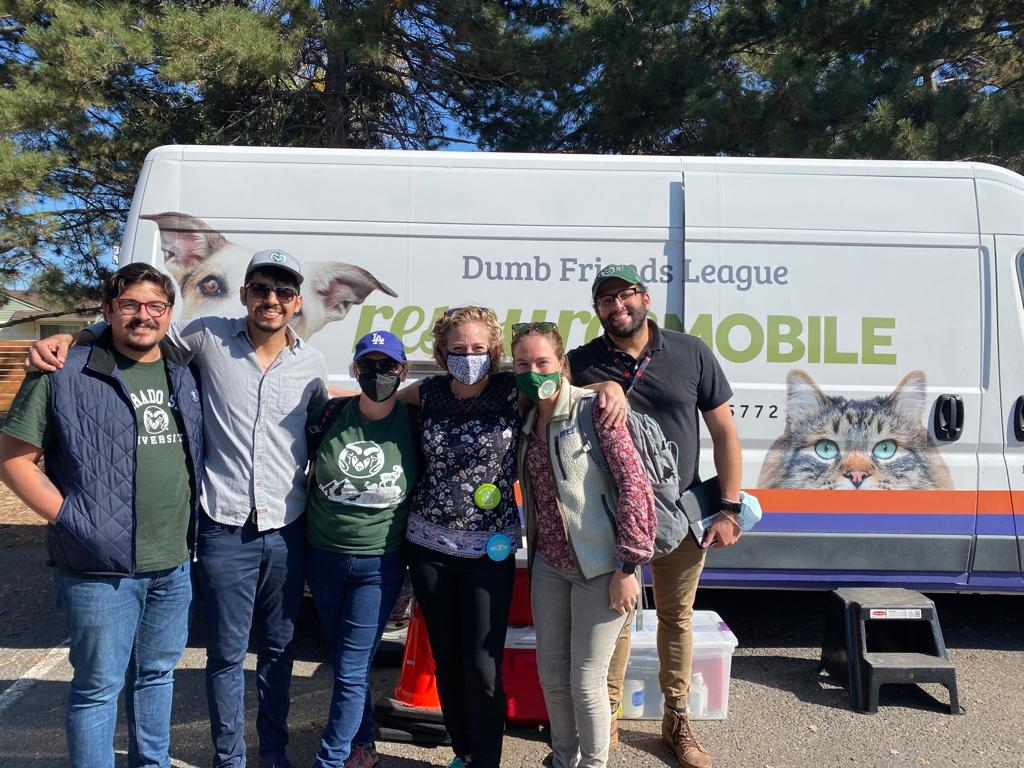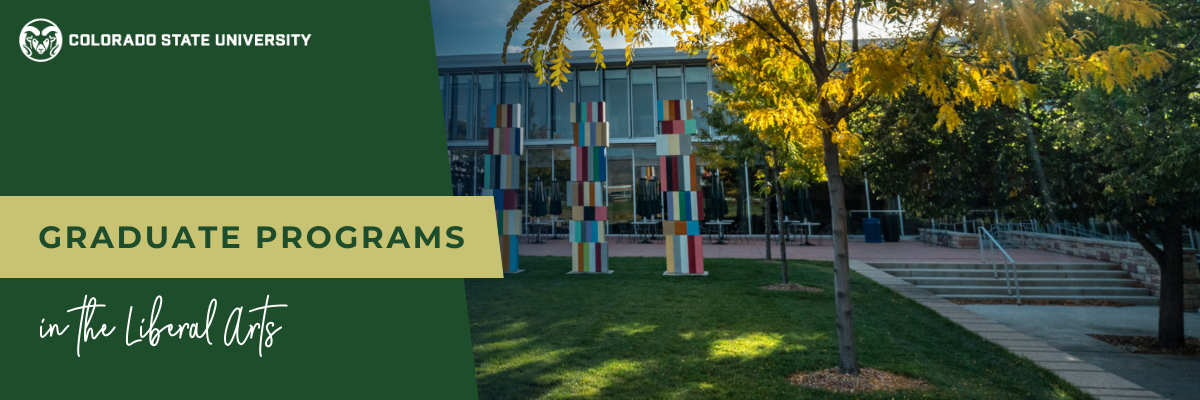When Edward Sarasty Salazar was a child in Buga, Colombia, he stood tall against his cousins who, as children sometimes do, killed bugs for the fun of it. “I was the one defending the ants and other things,” he says. “I love nature and its complexity and magnificence.”
And though he wanted to become a veterinarian when he was a little boy, he did not come to CSU to study veterinary science. After graduating from the Universidad del Valle in Santiago de Cali, Sarasty taught English in Colombia for six years. Following an interaction with CSU English professor Fabiola Ehlers-Zabala at a university fair, Sarasty moved to Colorado to begin a joint master’s program in English in the TEFL/TESL program and Spanish in Languages, Literatures, and Cultures.
“I came here to learn research so that if I go back to Colombia, I can bring my experience and research foundation to help my region and my university and the whole academic arena, if possible,” he says.
Sarasty’s first plan was to work on a thesis and find a teaching job, but his encounter with Shannon Zeller, instructor in the Department of Languages, Literatures, and Cultures helped change the course of his study and his future.
Sarasty was hired as a graduate research assistant (GRA) funded through a grant from PetSmart Charities that focuses on improving access to veterinary care for Spanish-speaking pet owners. The grant funds the project’s first phase, which includes a comprehensive language needs analysis of veterinary communications to predominantly Spanish-speaking companion animal owners. This will lead to the development of a curriculum in the area of Spanish for Veterinarians.
“Curriculum development based on thorough Language Needs Analyses (LNAs) is becoming the status quo in the area of Languages for Specific Purposes. These analyses investigate communication needs in specific professional settings and depend on gaining access to them,” says Zeller. “Through generous funding from PetSmart Charities and extensive collaboration with Dr. Danielle Frey, a veterinarian and instructor in CSU’s Doctor of Veterinary Medicine program, Edward is involved in one of the most extensive LNAs I am aware of to date. I am certain this research experience will strengthen his future prospects in academia or beyond.”

Since June 2021, Sarasty and Zeller have been working together to co-create the language needs analysis. “Shannon is just great. She’s my advisor and my colleague. The work we’ve done is always shared and constructed together,” says Sarasty, “we polish each other’s ideas and move forward.”
In conjunction with the research team, Dr. Danielle Frey and four veterinary and language arts graduate students, Sarasty and Zeller have conducted observations at various clinics along the Front Range, at the borderlands in Texas, and Salazar even conducted observations at veterinary clinics in Colombia. Recording client/clinic interactions and conversations on tablets, the team took notes on what they saw between receptionist and client, technicians and client, and veterinarian and client.
“There is a need for what we’re doing; this work shows us that the language gap doesn’t just occur in the vet office, but at the very entrance to the building with the security guard or receptionist. Clients can lose precious time to treat their pet when there is no Spanish spoken,” says Sarasty.
Now that the observations are completed, Sarasty has led a pivotal role in transcribing and coding all of the visits and interactions. Now that the data is coded, the two have an outline of the core of the content for a language program to teach Spanish to veterinary students and practitioners. Currently, this work is being integrated into a report of findings to deliver to PetSmart Charities.
“I am learning so much – reading about language learning, language acquisition, and task-based language teaching. I’m really happy with what I’m doing, happy with where I’m headed,” says Sarasty.
Indeed, this experience has changed his life. “I want to do my own research project that brings my two programs (TEFL/TESL and Spanish) together. I will keep on learning; I will do that all my life as a teacher and a scholar.”
Learn more about the M.A. in Spanish offered by the Department of Languages, Literatures, and Cultures at CSU.
